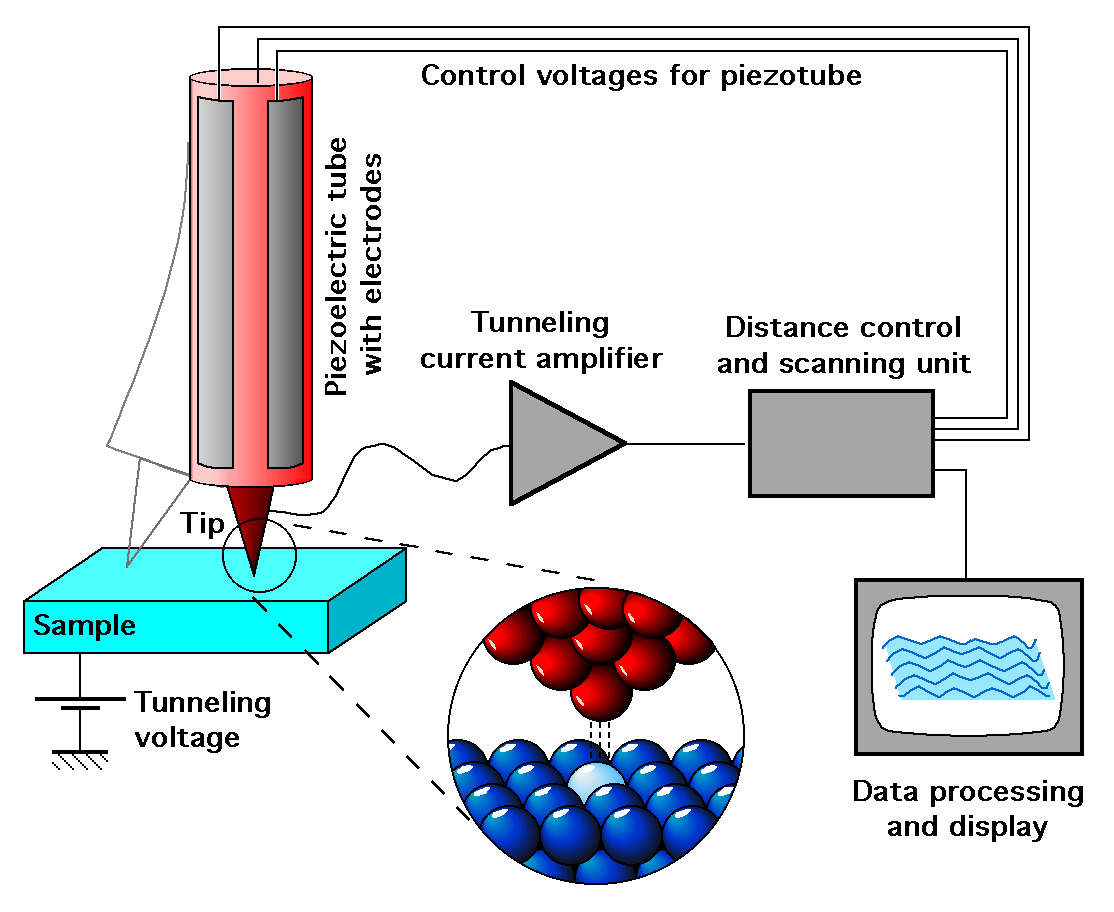 My last event that I attended was the SAD But Not Afraid art gallery. The gallery had a number of different pieces of art designed by students at UCLA. Each piece of art was unique as some offered interaction while others evoked deep thought. I can truly say that I was perplexed by each peace that I saw because they all forced me to think about possible meanings behind their appearance and structure.
My last event that I attended was the SAD But Not Afraid art gallery. The gallery had a number of different pieces of art designed by students at UCLA. Each piece of art was unique as some offered interaction while others evoked deep thought. I can truly say that I was perplexed by each peace that I saw because they all forced me to think about possible meanings behind their appearance and structure.
 One piece that I found extremely intriguing was titled Pain and Pleasure and created by Louis Pham. The structure and organization of Pain and Pleasure symbolized just that; comfort and discomfort. The pieces that are resting on the bench with their smooth shapes flowing to the audience represent the pleasure aspect. On the other hand, the cramped feeling given off by the bright colors and proximity of the pieces symbolize pain. The interaction that the art encourages also inhibits the general theme of Pain and Pleasure. When the viewer hits the pieces together, they make an elegant sound. However, there are spikes in the middle of the pieces that evoke pain when touched.
One piece that I found extremely intriguing was titled Pain and Pleasure and created by Louis Pham. The structure and organization of Pain and Pleasure symbolized just that; comfort and discomfort. The pieces that are resting on the bench with their smooth shapes flowing to the audience represent the pleasure aspect. On the other hand, the cramped feeling given off by the bright colors and proximity of the pieces symbolize pain. The interaction that the art encourages also inhibits the general theme of Pain and Pleasure. When the viewer hits the pieces together, they make an elegant sound. However, there are spikes in the middle of the pieces that evoke pain when touched.Another piece that I found interesting and what seemed to me was the main attraction of the gallery, was a giant colorful sand painting in the middle of the room. This work by Victor Beteta and titled Alfromba Indocumentada (Undocumented Rug) was meant to represent the 11 million undocumented people living in the US. The train represents the citizens travels to the US. "Los Papeles" represents the immigrants paperwork when they finally become a citizen. The purpose of this work was to bring awareness to these citizens and make it known that they should receive equal opportunities.
I would definitely recommend this exhibit to fellow classmates. It was interesting to see work that fellow UCLA students are capable of. It also made me think about possible projects that I would do if I was apart of an exhibit like this one.

